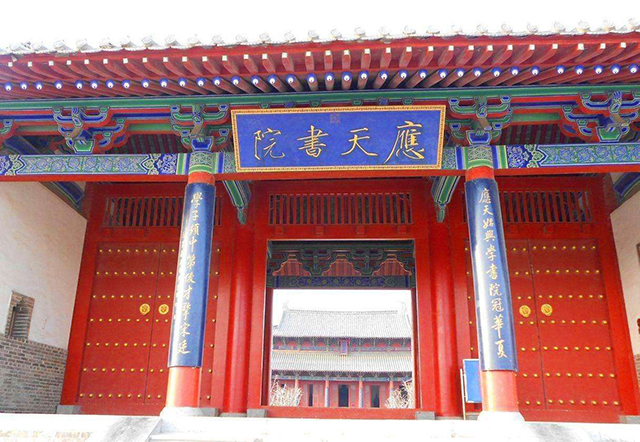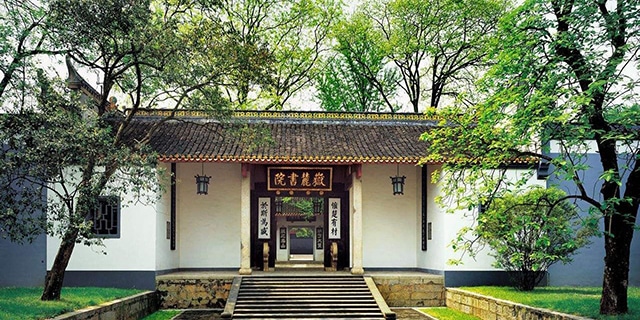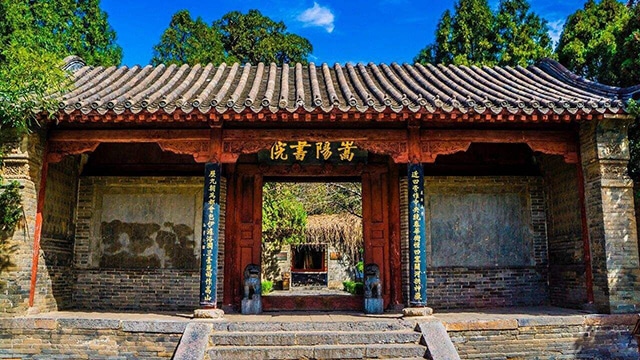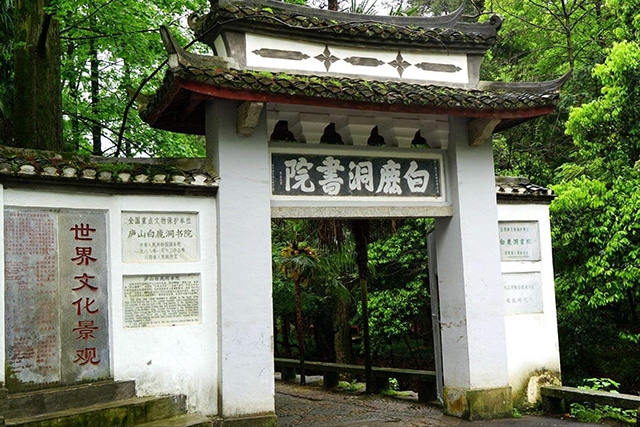There were many folk education bases in ancient China. The history and culture have a long history and they have gone through several dynasties, and have cultivated many excellent students. Today I will introduce you to the four ancient academies in ancient China.
1.Yingtian Academy

Founded: Dazhong Xiangfu two years
Famous scholars: Fan Zhongyan, Shi Jie
Famous attractions: Chongsheng Temple, Dacheng Hall, Yushulou
Address: South Lakeside, Shangqiu Ancient City, National 4A Grade Scenic Spot, Henan Province
Introduction to the Academy: Yingtian Academy, also known as the Nanjing Guozijian, was founded by the Shangqiu Yang Yang. The Northern Song Dynasty Song Dynasty was promoted to Yingtian College in Yingtianfu Academy in 1009, and later changed to Nanjing Guozijian after historical evolution, becoming the highest in the Northern Song Dynasty School. Adjacent to the moat wetlands here are beautiful scenery and beautiful surroundings. The main attractions include the gate of the academy, as well as the Dacheng Hall, Minglun Hall, and Zhuangyuan Bridge. It is the most famous academy in Chinese history and one of the four major academies in China. Many outstanding talents have been cultivated, such as Fan Zhongyan, Han Qi, Sun Fu, etc. In 1998, the Post Office issued stamps to Yingtian College. In 2015, Yingtian College officially became a social science popularization base in Henan Province.
2.Yuelu Academy

Founded: Nine Years of Kaibao in the Northern Song Dynasty
Famous scholars: Peng Guinian, Zeng Guofan, Zuo Zongtang, Peng Jun
Address: The foot of Yuelu Mountain, the last peak of the 72nd peak of Nanyue, Changsha, Hunan
Introduction to the Academy: Yuelu Academy is located under the Yuelu Mountain in Changsha, Hunan. The Yuelu Academy, founded by Zhu Dong with the help of the government during the Kaibao period of the Northern Song Dynasty, experienced the Song, Yuan, and Qing dynasties. Zhou style, officially named Hunan University, the academy covers an area of 21,000 square meters. The main building you have includes 9 buildings, such as teaching fast, Yushulou, Xiangshui School Jingtang, and Temple of Literature. Later, Zhu Xi, Confucius, and Luo Dian were built. After waiting for the original appearance of the 6 ancestral halls, the academy also preserved the relics of steles and plaques. The Jiangxia Huangxian Hele Stone Carvings nominated by the famous calligrapher Li Xun was called the Three Musts. In addition, the courtyard gardens of the Qing Dynasty have all been restored. Yuelu Academy is the largest academy building complex in China. In 1988, it was approved by the State Council as a national cultural relics protection unit.
3.Songyang Academy

Founded: Northern Wei Taihe eight years
Famous lecturers: Sima Guang, Li Gang, Cheng Hao
Address: 2.5 kilometers north of Dengfeng District, Henan Province
Academy Introduction: Songyang Academy is located in Dengfeng City, Henan Province. It was founded in 484 AD and was originally called Songyang Temple. The classic and simple architecture of the academy is an important place for Confucianism and Taoism. The brothers Cheng Yi once lectured in the college. The college buildings include the Xianshi Hall, Sanxian Temple, Lize Hall, Taoist Temple, Boyozhai, Sanyizhai and other buildings. It was the earliest and most influential among the four major academies in China. The main attractions include three generals, stone carvings, and monuments of the Great Tang Dynasty, etc. Chiang Kai-shek came here in 1936 to visit and drill a 100-meter-deep well called Jiang Gongjing, which is now intact. In 1961, the State Council of Belarus was listed as a national key cultural relics protection unit.
4.Bailudong Academy

Founded: During the Tang Dynasty
Famous attractions: Sage College, Sixian Terrace, Ziyang Academy
Famous people: Li Bo, Zhu Xi, Lu Jiuyuan, Hu Shi, Liu Shaoqi
Address: Jiujiang City, Jiangxi Province
Bianshu Academy Introduction: Bailudong Academy is a Chinese traditional culture established by the central government. Song Yuan Zhu Zhu rebuilt the academy to personally teach and set the rules and purposes. Later, he invited the Emperor to give books to the world and became the birthplace of education and culture in the late Song Dynasty. The rules of Bailudong College established by Zhu Xi have influenced the school-running model for centuries. They have been studied and imitated by later generations, and have now spread to Japan, South Korea, Southeast Asia and other regions. The main buildings include 23 building groups such as the gate of the academy, the sage college, the meritorious service hall, the ceremonial hall, and the imperial court. It was listed as a key cultural relics protection unit in 1988.